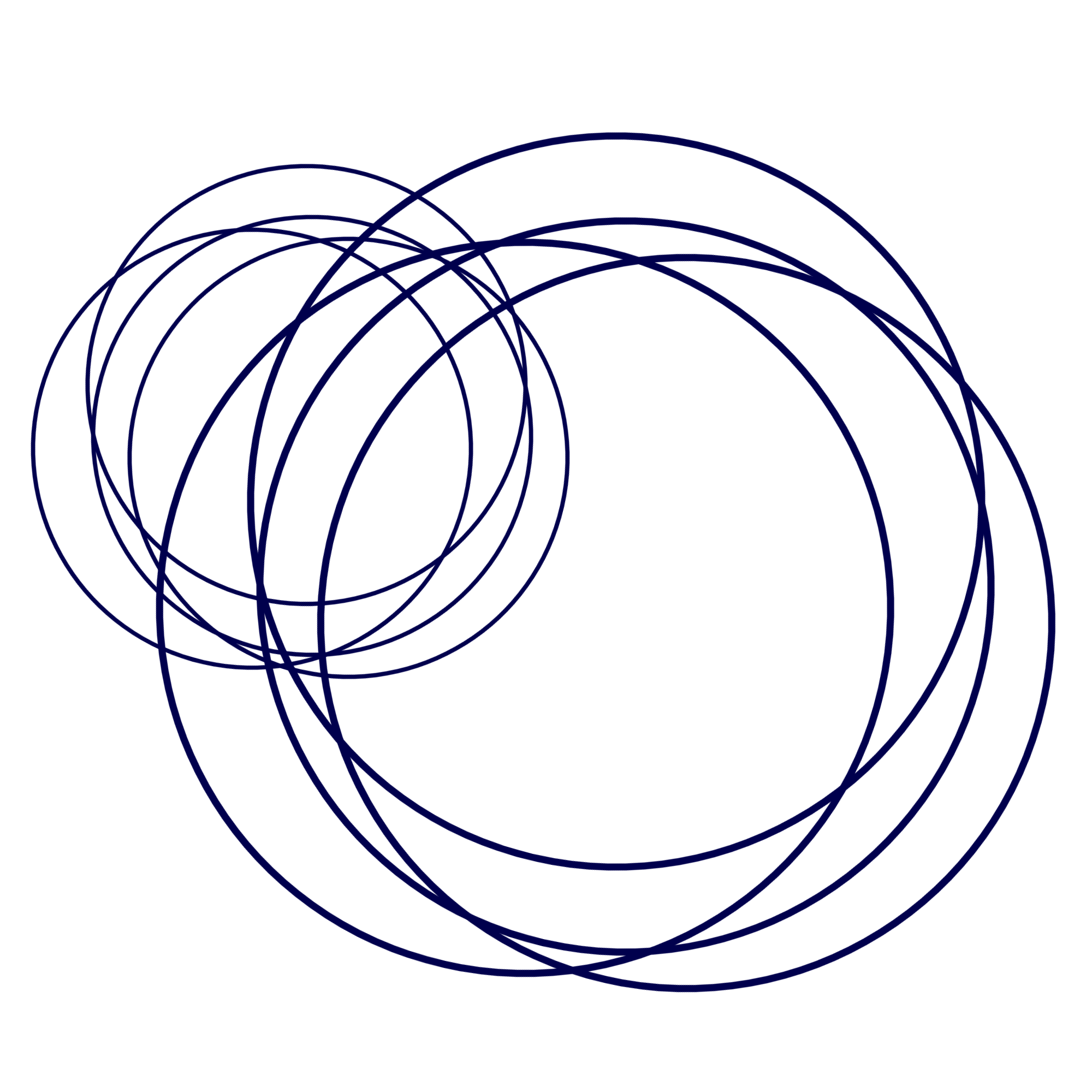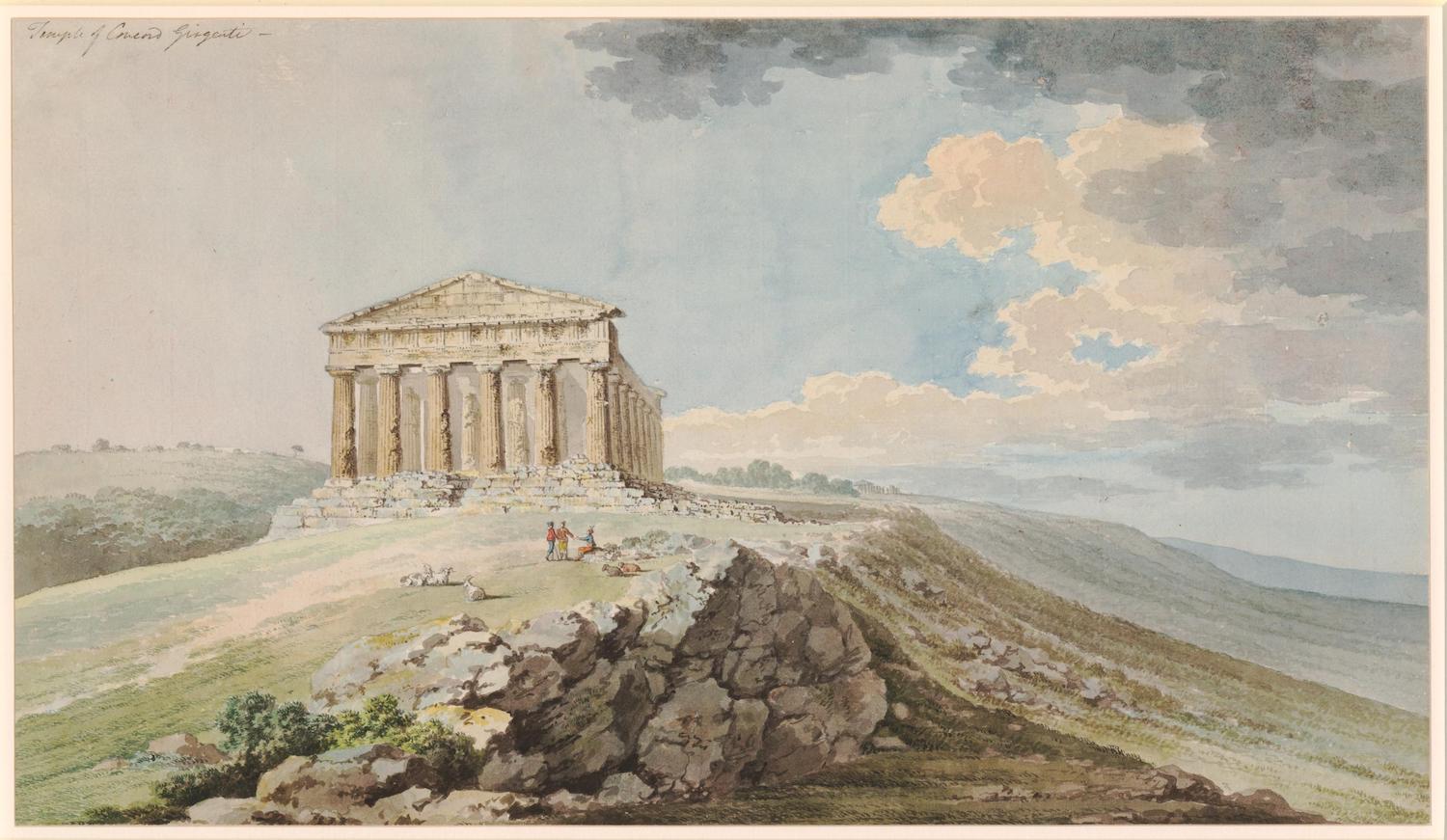Ann Flaxman's An Uninteresting Detail of a Journey to Rome tells the story of a female Grand Tour, something quite rare, and of an extended artist's visit to Italy, something quite common. In 1787 Flaxman set out for France and Italy with her husband, the sculptor John Flaxman, and a small company of fellow travellers. During her journey and in the months that followed her arrival in Rome, Flaxman kept a perceptive and entertaining journal for the benefit of friends at home, a group that included William and Catherine Blake. Personal yet nonetheless typical of its genre, Flaxman's previously unpublished Journey serves as an excellent introduction to English travel writing just before the French Revolution, and to the late-eighteenth-century international arts scene. It also reveals the challenges and rewards of being an atypically poor traveller and an aspiring woman writer.
Ann Flaxman's Journey to Italy is reproduced by permission of the British Library, where it is Additional Manuscript 39787.
The journal is a vellum-bound notebook 8½ inches (22 cm) high by 6 inches (15.5 cm) wide on good paper. The front cover bears the inscription Journal, which has been scribbled out and Journey to Rome substituted, in a large and elegant hand. The back cover is labelled Journal to Rome. Page one is headed with the title chosen for this Romantic Circles edition. Inside, the writing is initially neat, growing somewhat more cramped and messy as the journey progresses. Most pages bear insertions, usually in the same hand and ink as the main text, and many pages use side or bottom notes to add to the material in the text. In addition to the Journey to Rome the notebook contains three other documents: notes on a volume of Lalande, as discussed in the Introduction; three short accounts of visits to Frescati, included here; and a transcription of the story of Bianca Capella. The Lalande and Bianca Capella excerpts appear to be translation exercises and are omitted from this edition.
Flaxman's text has been reproduced as faithfully as possible. Her inconsistent spelling and capitalization pose few struggles for modern readers. More challenging is her neglect of end stops or periods: she sometimes ends sentences with a dash or a comma, sometimes leaves a space or starts a new line, and sometimes simply continues to the next thought. Other punctuation is similarly eccentric. All abbreviations have been kept except superscripts (e.g., raised "g" for "ing"), which have been written out; where an abbreviation might be confusing, the missing letters have been added in square brackets (e.g., F[laxman]). The double-s character has been converted to "ss." Paragraph breaks have been kept.
Illegible text is indicated with [?unclear][?], illegible deletions with [. . .]. Flaxman often left blanks to be filled in later, perhaps with help from a guidebook; where these are not filled in, they are indicated by [...]. Blank pages are so noted. Insertions, of which there are many, are indicated with brackets: like this when made by Flaxman ⟨{insertion}⟩, and like this when added editorially ⟨[insertion]⟩. Deletions are indicated by strikethrough font: deletion. Omitted letters or words, when obvious, are inserted in square brackets. Accidentally repeated words have been silently deleted.
All substantive marginal glosses and all marginal dates have been kept. Marginal glosses merely indicating location have been omitted. Because Flaxman's spellings of locations and proper names are often approximate, modern spellings have been added in square brackets after the first reference to a place or person.
Flaxman includes footnotes on most pages of her manuscript, expanding on points in her text or adding something thought of later. These have been marked Author's Note.
Pagination is marked by British Library folio numbers in superscript at the start of each folio side.
About The Editor
Marie E. McAllister is Professor of English at the University of Mary Washington. Her articles have appeared in Eighteenth-Century Fiction, Eighteenth-Century Life, The Eighteenth-Century Novel, The Age of Johnson, Papers on Language & Literature, and Source: Notes in the History of Art, and in the collections Teaching British Women Playwrights of the Restoration and Eighteenth Century and The Secret Malady: Venereal Disease in Eighteenth-Century Britain and France. She works on travel writing, medicine and literature, and the novel.
About The Design
This edition was TEI-encoded by Patrick Murray-John, Research Assistant Professor at the Roy Rosenzweig Center for History and New Media at George Mason University, and Michael Quilligan, Site Manager at Romantic Circles, with assistance by David Rettenmaier. Michael Quilligan also designed the accompaning graphic banners. Laura Mandell and Dave Rettenmaier developed the modified versions of the transforms provided by the TEI that were used to convert the TEI files into HTML. TEI renders text archival quality for better preservation and future access. The image associated with this edition is a modified version of Samuel Rönnqvist's photograph “Map of Europe” , which can be found here, and is used in accordance with the terms of its Creative Commons license. The path traced on Europe is based on the 18th Century Grand Tour route map made by the Indiana University Art Museum.
Acknowledgments
Like any edition, this project owes its biggest debt to a host of wondrously helpful librarians. My thanks to the staff of the British Library, especially in the Manuscripts collection; Dr. Andrea Frederickson, Curator of the University College London art collection, and the staff of the UCL Special Collections Library; Judee Showalter of Randolph-Macon College's Casanova Collection; the staff of the Prints and Books division at the National Art Library of the Victoria and Albert Museum; and the staff of the Rare Books and Manuscripts collection of the Yale Center for British Art. Special thanks to the expert staff at the University of Mary Washington's Simpson Library, and especially to interlibrary loan librarian Carla Bailey.
I am indebted to the late Charles Theodore Houpt for his generosity and his decades-long passion for the Flaxmans. His self-published transcription of many of the Flaxman letters was an invaluable resource. Liane R. Houghtalin and Federico Schneider provided crucial translation assistance. Marjorie A. Och taught me to cite works of art correctly. Patrick Murray-John patiently introduced me to TEI encoding and contributed more than I can say to this edition. All transcription and annotation errors are my own.
This project was completed with the help of a sabbatical and a faculty development grant from the University of Mary Washington.

